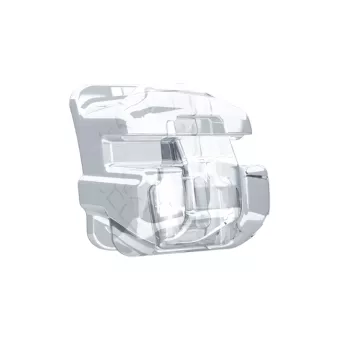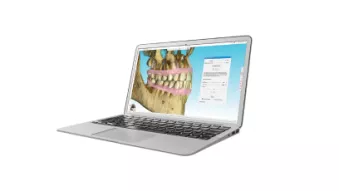Spark Clear Aligners: Transforming Orthodontics and Patient Experience
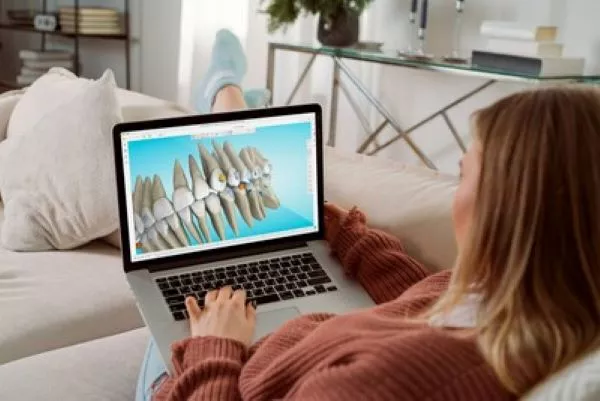
The evolution of orthodontics has seen a myriad of innovations over the years, but few have garnered as much attention and discussion as clear aligners. As an orthodontist with extensive experience, I vividly recall the introduction of clear aligners to the field during my residency and early years in private practice. The reactions from my colleagues at that time were a fascinating mix of skepticism and optimism. Some believed that these transparent, plastic devices would never be capable of moving teeth effectively or achieving precise results, while others foresaw them as the future of orthodontics, poised to revolutionize the profession.
Fast forward two decades, and it's abundantly clear that clear aligners have not only stood the test of time but have become an integral part of orthodontic practice. Their impact on the specialty has been nothing short of transformative, and they now occupy a prominent place alongside other orthodontic innovations like twin brackets, pre-adjusted brackets, super elastic NiTi wires, and self-ligating brackets.
In this article, I will argue that clear aligners, particularly the Spark Clear Aligner system from Ormco Corp, may even surpass these innovations in their impact on orthodontics. While some may still debate the merits of this advancement, I firmly believe that clear aligners, like Spark, have opened doors for millions of patients who would have otherwise shied away from orthodontic treatment due to concerns about traditional braces' esthetic impact. Furthermore, these aligners have not only allowed us to grow our practices but have also expanded our patient demographic significantly. As the landscape of clear aligner providers becomes increasingly competitive, it is my hope that this competition will drive continuous improvement in the field.
In light of these considerations, I embarked on a journey to explore and evaluate various aligner systems, one of which is the Spark Clear Aligner system. My intention was to conduct a clinical trial for Ormco Corp, initially planning to submit a few cases for evaluation. However, my perception quickly changed once my team and I had the opportunity to work with Spark Aligners. The results far exceeded our expectations.
In the following sections, I will delve into the major benefits and advantages of the Spark Clear Aligner system, sharing insights gained from my experience with Spark patients and presenting two completed cases that showcase its remarkable capabilities.

The Spark Clear Aligner System
My initial interaction with the Spark Clear Aligner system occurred during a training session on its software, and from the outset, it became apparent that Spark was a game-changer. The advanced Approver 3D software empowers orthodontists to visualize, plan, and achieve their desired outcomes with a level of flexibility and control that significantly reduces guesswork in treatment planning. Notably, the submission process was streamlined, taking me significantly less time than previous submissions with other software providers.
An added advantage of Spark's software was its compatibility with my Mac computer, a platform that I have long been accustomed to. This compatibility enabled me to make my adjustments to cases efficiently, eliminating delays and miscommunication often encountered with other software systems. The ability to make personalized adjustments ensured that I obtained precisely the results I desired, enhancing my confidence in the treatment planning process.
Spark Approver software places orthodontists in a position of greater control, offering flexibility through multiple case setups for treatment comparison, library roots to simulate patient anatomy, and customizable attachments and cutouts on lingual, labial, and occlusal aspects of teeth to facilitate additional tooth movement.
One notable experience that stood out during the aligner delivery appointment for my first Spark patient was the ease of attachment placement. As my chairside assistant followed the provided template to place attachments, I closely observed the process. To my surprise, when it came time to check for flash with my high-speed handpiece, there was virtually none to clean up.
This "no flash clean-up" consistency has proven to be a hallmark of Spark Aligners. The reduction in flash removal has translated into significant time savings during clear aligner delivery appointments. The attachment template provided by Spark has garnered widespread acclaim, and other orthodontic practices using Spark consistently report similar experiences. In fact, within our first few cases, my team expressed a strong preference for using Spark Aligners for all our clear aligner cases.
Extensive testing conducted by OrmcoTM on the TruGENTM material, which Spark Aligners are made of, demonstrated superior clarity and stain resistance compared to leading competitors. Furthermore, studies conducted by the Spark team of material engineers with PhDs revealed that TruGEN boasted a 12.5% higher force retention compared to the leading competitor's material.
An additional focus of the Ormco team was to ensure a comfortable treatment experience for patients. This was achieved through polished, scalloped edges on Spark Aligners, enhancing patient comfort and reducing the likelihood of irritation.
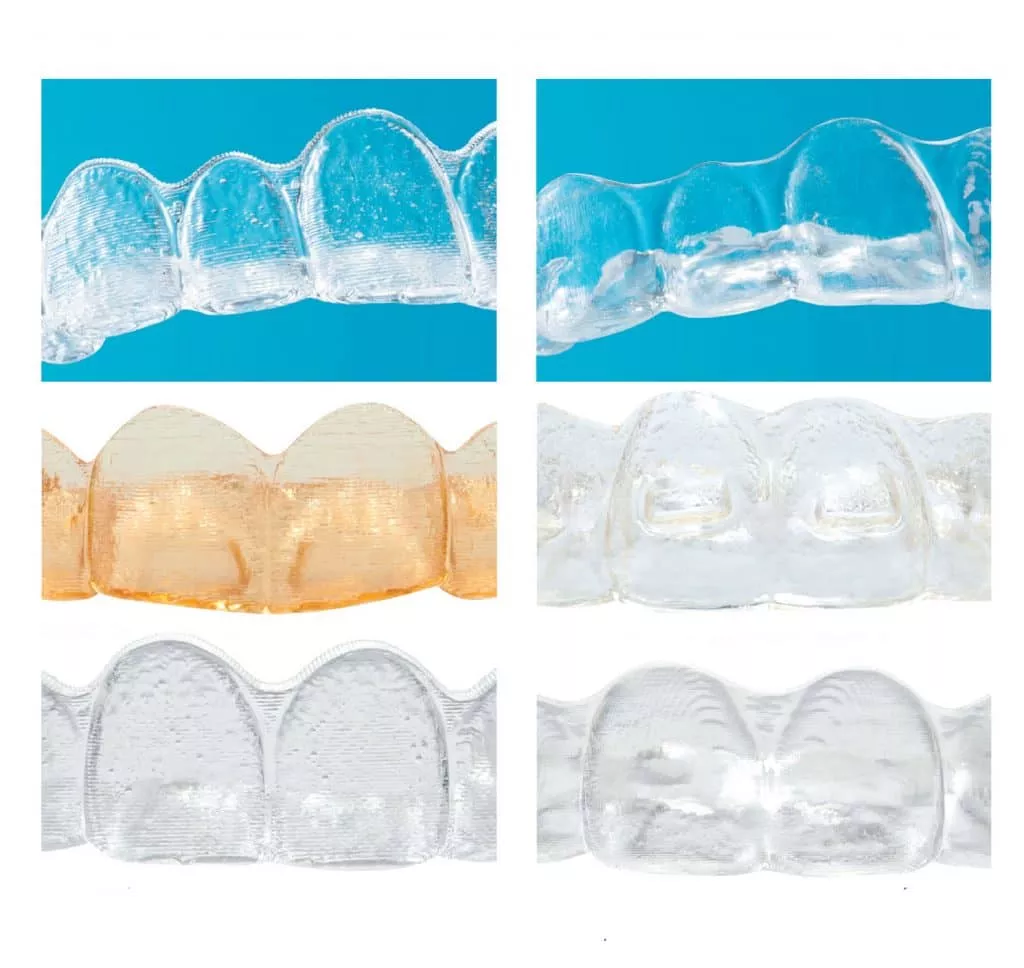
Leading aligner (left) vs the TruGEN material (right) used to manufacture Spark Clear Aligners. Comparisons of clarity (top); staining—coffee, 3 days (middle); and comfort (bottom).
Patient Comfort and Satisfaction
Understanding that most patients embarking on clear aligner treatment have never had such devices in their mouths, we decided to undertake a comparative study. We transitioned five patients currently undergoing treatment with a leading aligner brand to Spark Aligners at the refinement stage.
The initial patient's reaction during the delivery of Spark Aligners was remarkable. As she seated the upper aligner, she exclaimed, "OMG, this is like night and day in terms of comfort for my tongue." This unsolicited feedback set the tone for our subsequent experiences.
Upon delivering Spark Aligners to the remaining four patients, we consistently received positive feedback regarding the comfort they offered. One patient emphasized, "My tongue doesn't get cut like it used to with my previous aligners, and the soreness when I switch out my aligners is much improved. They feel thinner, more flexible, and lighter." An observation I made was the absence of a prominent "lip" on the edge of Spark Aligners, a distinction that contributed to the heightened comfort patients reported.
Remarkable Case Studies
The first case involved a 55-year-old female patient who sought treatment to enhance the width of her arch for a broader smile, correct her overbite, and address crowded teeth. Spark Aligners were employed exclusively for this case. One feature that I appreciated with Spark treatment designs is their ability to apply the Damon arch form, which aligns with my preference for a broad, upright arch form for passive self-ligation cases.
In this instance, achieving upright canine and premolar positions for a full arch form was a primary goal. Lingual bite ramps on the upper 2-2 were utilized to assist in opening the bite and achieving overbite correction. Notably, excellent arch development and overbite correction were accomplished with the initial set of 22 Spark Aligners over 11 weeks. The patient actively used high-frequency vibration with the Propel VPro5 and changed her aligners twice per week.
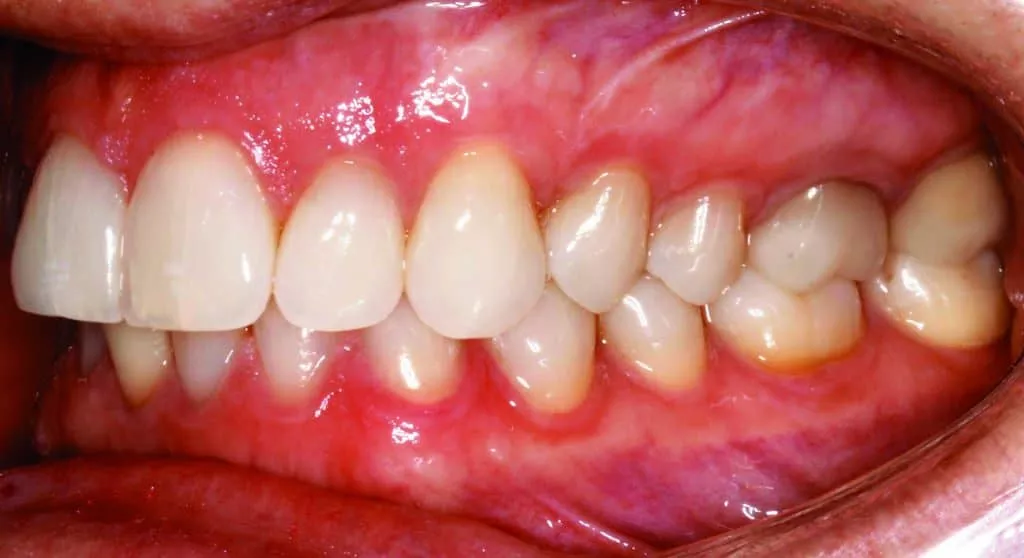
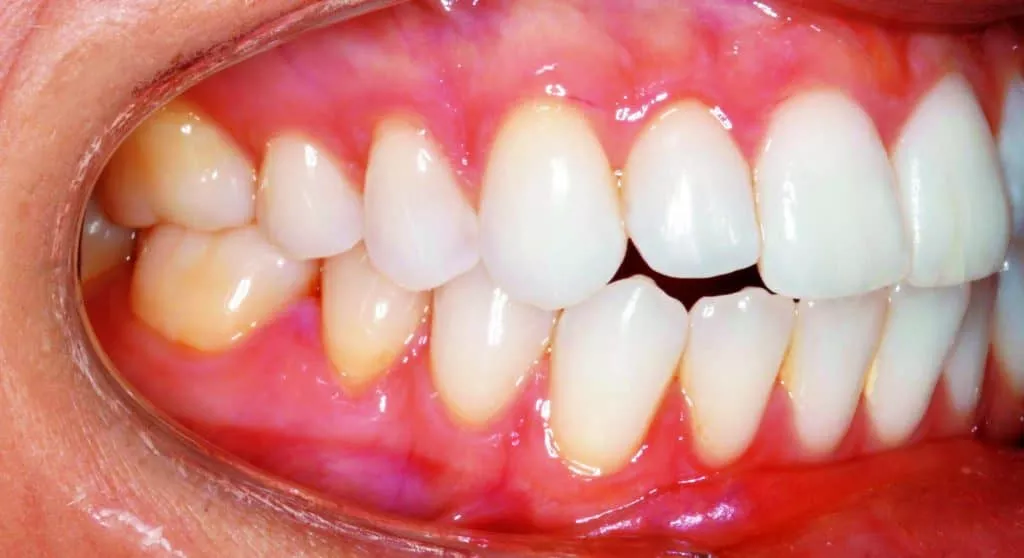
A refinement stage consisting of eight active aligners, including three virtual c-chain aligners, was undertaken. Following this refinement, minor incisor rotations remained, which were addressed with a third round of nine aligners, ultimately concluding the case.
The patient completed a total of 39 aligners within a treatment duration of 26 weeks. During this time, she actively wore the aligners full-time for 20 weeks and at night for 6 weeks. The patient had seven appointments at our office, encompassing the initial consultation, aligner delivery, aligner check, refinement scan, refinement aligner delivery, final scan for bonded retainers, and final records. The outcome achieved the intended goals, broadening the patient's arch form, positioning the canines and premolars more upright, and resolving crowding.
Case 2: Complex Vertical Extrusion Correction
The second case involved a 36-year-old female patient with a challenging vertical extrusion correction requirement. Previous orthodontic treatment during her childhood and subsequent relapse as an adult presented a unique set of challenges. Notably, she lacked a maxillary lingual bonded retainer, which is pivotal for long-term retention of correction.
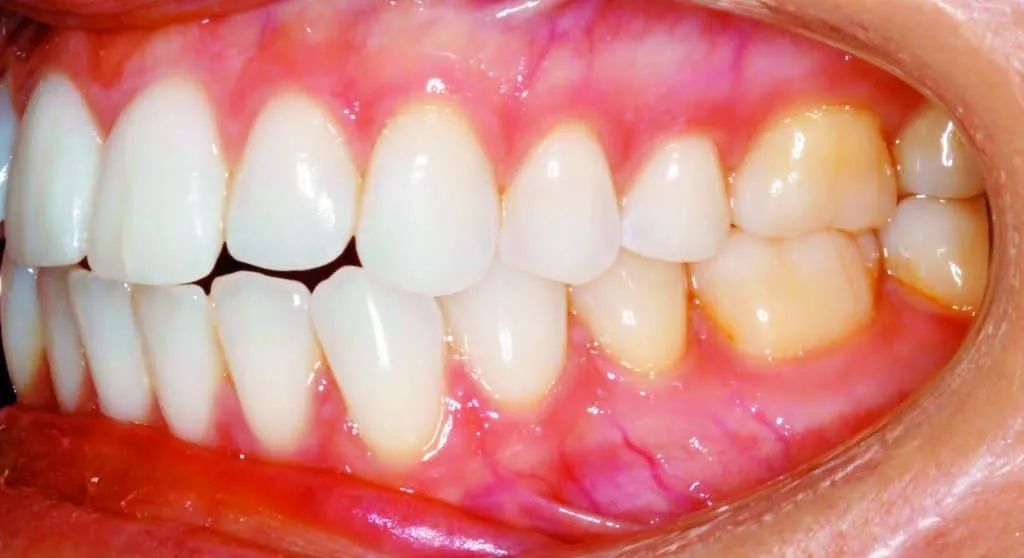
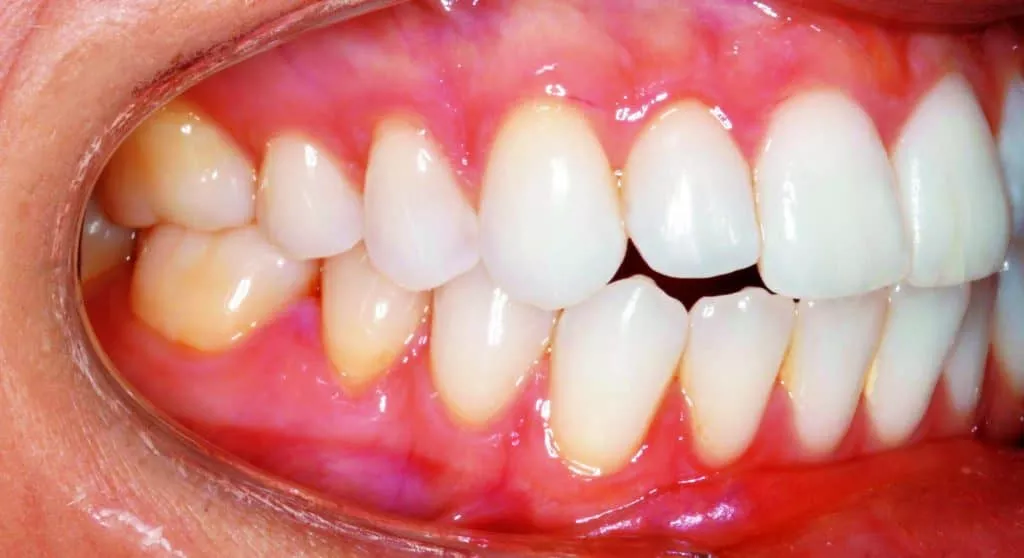
The initial series of Spark Aligners comprised 16 active aligners. Horizontal gingivally beveled attachments were applied to both the buccal and lingual surfaces of the maxillary lateral incisors to facilitate extrusive movements. Horizontal beveled attachments on the mandibular incisors were also employed to aid in the extrusion process. The patient utilized high-frequency vibration with the Propel VPro5, changing aligners twice per week.
Remarkably, substantial changes were evident after just 8 weeks of treatment, demonstrating the effectiveness of Spark Aligners in achieving vertical movements that had previously posed challenges with other clear aligner systems.
Three refinement stages were conducted to complete the case. The first refinement involved seven active Spark aligners, followed by a second refinement with seven active aligners, and the case concluded with eight active aligners. High-frequency vibration remained a consistent component of the treatment protocol, and aligners were changed twice weekly.
In total, the patient underwent 38 aligners over a treatment period of 31 weeks, which included 9 weeks for refinement scan and aligner delivery. She actively wore aligners full-time for 21 weeks and at night for 10 weeks. The patient attended seven appointments at our office, covering the initial consultation, aligner delivery, aligner check, refinement scan, refinement aligner delivery, final scan for bonded retainers, and final records. The outcome was highly successful, achieving closure of her open bite and establishing a beautiful smile arc.
Modern orthodontic patients desire exceptional results with minimal esthetic impact, shorter treatment times, and a comfortable treatment experience. While esthetic treatment options have existed for some time, the Spark Clear Aligner system has provided a distinct alternative for achieving esthetic outcomes. Notably, Spark Aligners have consistently demonstrated predictable movements with fewer aligners compared to other systems, making them a valuable tool for orthodontists.
By incorporating high-frequency vibration with Propel's VPro5, orthodontists now have a powerful combination of tools at their disposal to deliver beautiful, esthetic, and efficient treatments. Spark Aligners, with their innovative features and patient-centric design, represent a significant advancement in clear aligner technology.
In summary, clear aligners, particularly the Spark Clear Aligner system, have played a pivotal role in reshaping the landscape of orthodontics. While debates may persist regarding their impact on the profession, I remain an advocate for their positive contributions. Clear aligners have not only expanded access to orthodontic treatment for millions of patients but have also allowed practitioners to grow their practices and reach a broader demographic. With competition driving continuous improvement, it is my hope that clear aligners, exemplified by systems like Spark, will continue to enhance the orthodontic experience for both patients and practitioners alike.

